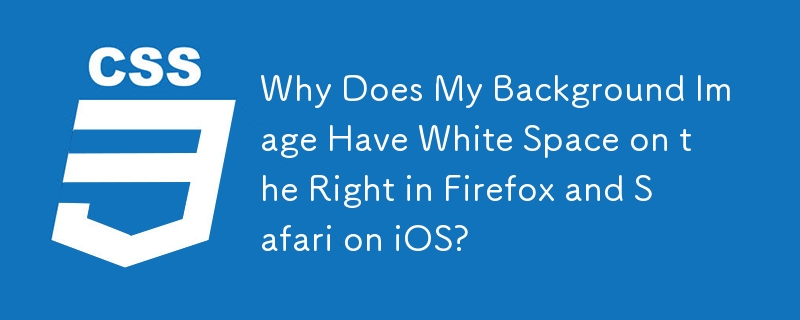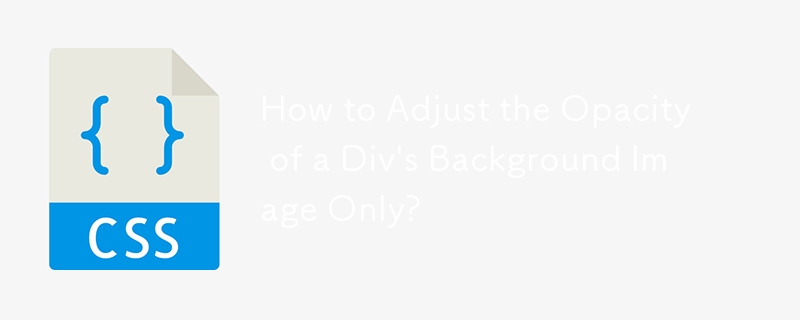Found a total of 10000 related content

Clipping Scrollable Areas On The inline-start Side
Article Introduction:On a default left-to-right web page, "hanging" an element off the right side of the page (e.g. position: absolute; right: -100px;) triggers a horizontal
2025-03-27
comment 0
722
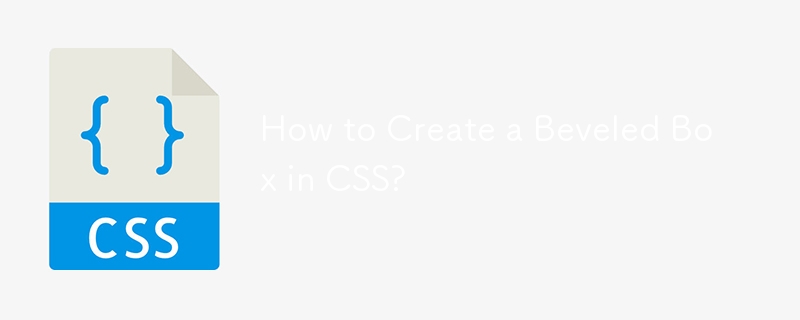
How to Create a Beveled Box in CSS?
Article Introduction:Beveled Box in CSS Creating a box with beveled corners in CSS is a common need. The difficulty of achieving this effect depends on the size of the bevel. right...
2024-11-03
comment 0
1149
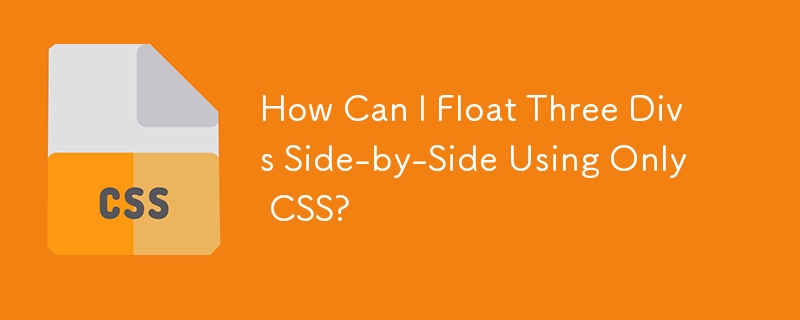

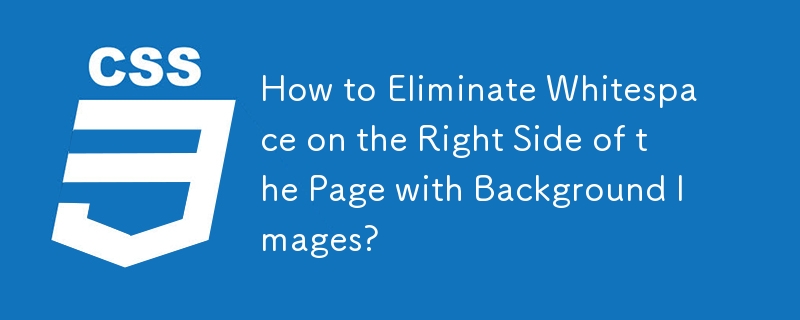


Managing the CSS Box Model
Article Introduction:CSS Box Model: The Key to Understanding Web Layout
The most important thing about understanding CSS is: Everything is a box. More specifically, each element in the document generates a box. This box can be a block-level box or an inline-level box. The type of box determines how elements affect the page layout. The CSS box model is a concept used to describe the layout and size of HTML elements. Each element contains a box for its content, fill, border, and margins. These boxes are combined to determine the layout of the element's content and how adjacent elements appear side by side:
Whether the element creates a box and which type of box is created will depend on the markup language. CSS evolved into a style for HTML documents
2025-02-17
comment 0
837
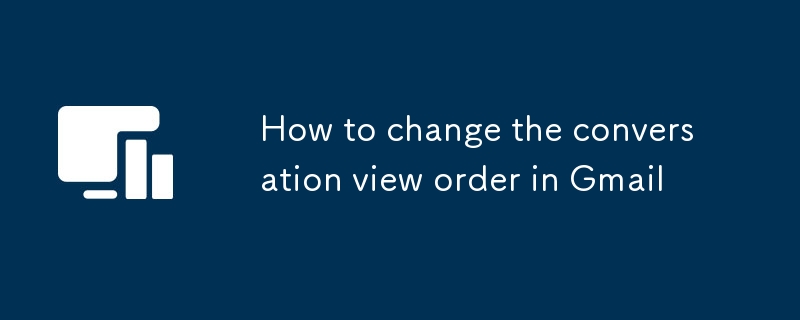
How to change the conversation view order in Gmail
Article Introduction:To adjust the order of Gmail sessions, 1. Open the web version of Gmail and click the gear icon in the upper right corner to enter "View all settings"; 2. Find the "Session Sort" section in the "General" tab; 3. Select "Latest on" or "Earliest on"; 4. Scroll to the bottom of the page and click "Save Changes". This setting is applicable to the web version of Gmail for all devices and synchronously affects the display effect of mobile apps. Although the mobile app does not support direct modification, it still takes effect after setting it through the computer. Rational setting of session order helps improve email viewing efficiency and facilitates quick location of key information.
2025-07-23
comment 0
577

How to change the font size for Reader mode in Safari?
Article Introduction:To adjust the font size of SafariReader mode, click the "AA" icon on the right side of the address bar to enter settings and select the font size option. 1. Open Safari to enter the web page; 2. Click the "AA" icon to enter Reader mode; 3. Click the "AA" button again to select the font size; 4. The options include small, medium, and large, which only take effect on the current web page; 5. iPhone or iPad users can use 3DTouch quick operation to quickly adjust; 6. If it cannot be adjusted, it may be a website restriction, you can try to turn off "Reader automatic recognition" or use the extension plug-in to solve it.
2025-07-14
comment 0
160

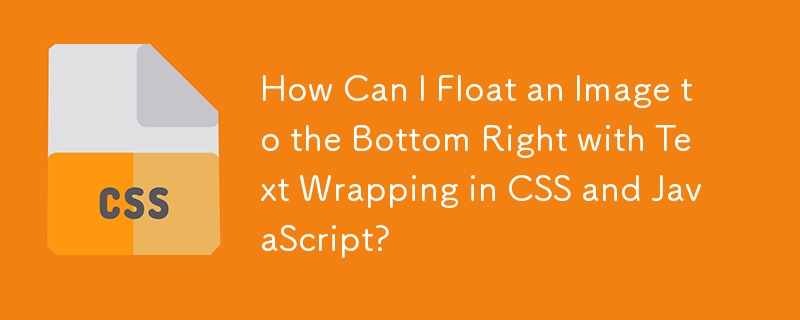

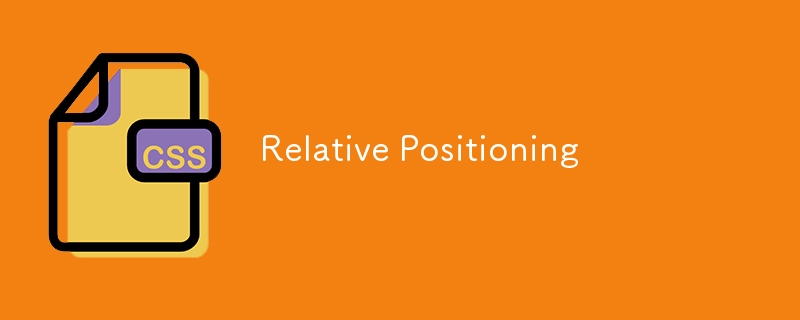
Relative Positioning
Article Introduction:Set the position attribute of the element to relative, and its layout is the same as that of the static element. The rendered box then moves vertically according to the top or bottom attributes, and/or horizontally according to the left or right attributes. The top, right, bottom, and left properties are used to specify the distance the box moves after rendering. A positive value indicates that the box will move away from that position and in the opposite direction. For example, left: 20px moves the box to the right by 20 pixels. Applying negative values ??to the opposite direction will achieve the same effect: right: -20px will be the same as left: 20px. The initial values ??of these properties are auto, which makes the calculated values ??become
2025-02-26
comment 0
670

How to debug HTML code in Google Chrome Developer Tools?
Article Introduction:The key to debugging HTML code is to master several core functions of ChromeDevTools. 1. Check the element structure: quickly locate the HTML position by right-clicking "Check", expand the node to view the nested structure, and double-click modifying content for temporary testing; 2. View and modify styles: View the applied CSS rules on the right side of the Elements panel, disable a certain style to observe the impact, or add a new style to test the effect; 3. Use the console to operate the DOM and execute JS, such as obtaining elements, modifying content, and testing whether the button event takes effect; 4. Responsive design debugging: Use the device toolbar to simulate different screen sizes, and comprehensively analyze layout problems in combination with the box model display and the Computed style panel.
2025-07-11
comment 0
1013




